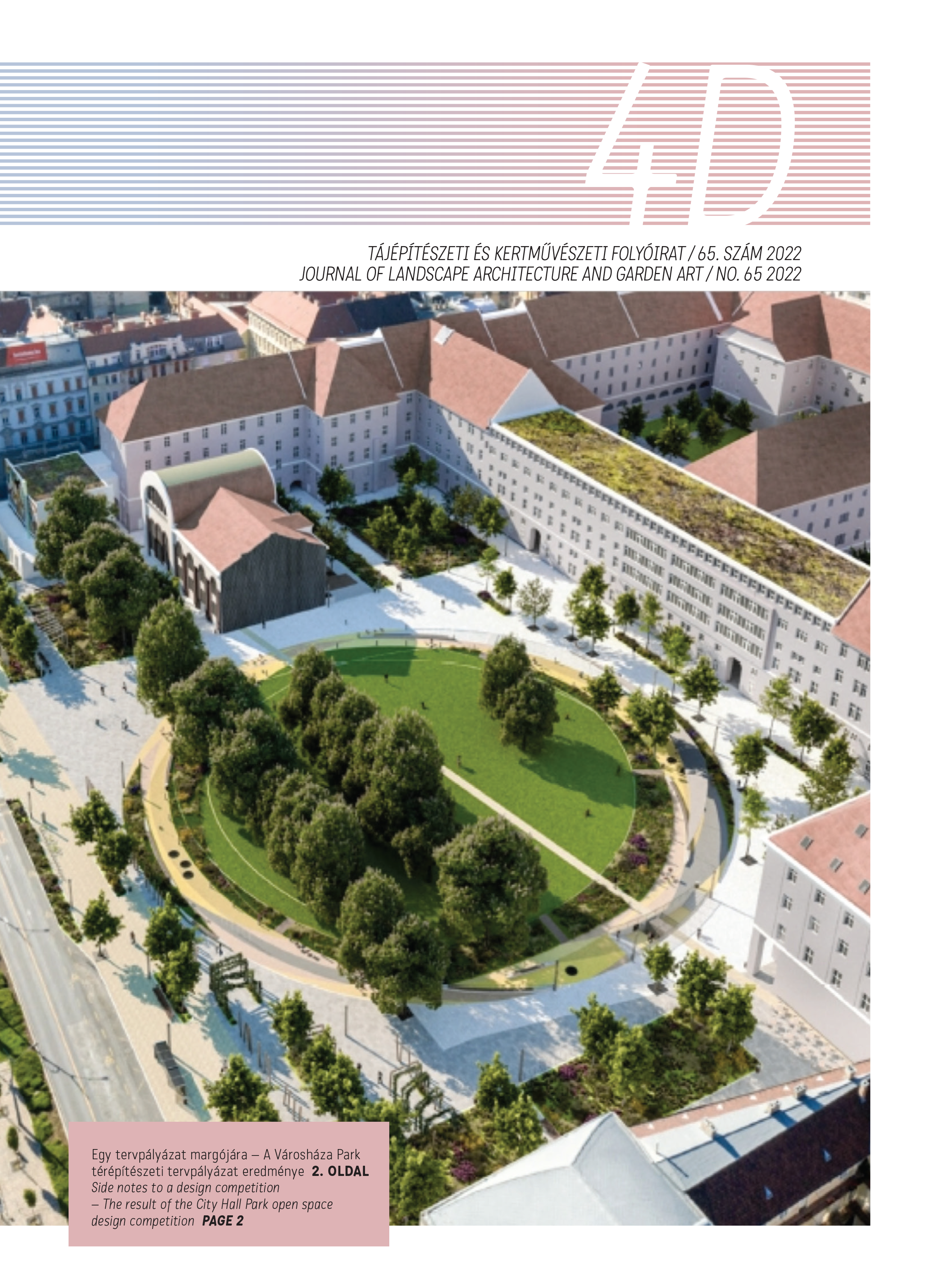The effects of climate change on the living heritage of historic gardens
Maintenance and restoration opportunities of the historical tree plantings
DOI:
https://doi.org/10.36249/4d.3386Keywords:
climate change, historic garden, endangered tree taxa, planting designAbstract
The growing impact of climate change on planting design and garden maintenance became an often debated, severe environmental and aesthetic problem in all regions. The worrying damages of heritage sites' plantations, especially the trees, are due to local climate change symptoms, heavy storms, decreased precipitation and underground water, critical heat periods, and the invasion of new pests and plant diseases. Historic gardens, heritage sites and landscapes represent high cultural, social, and environmental values. The centuries-old living heritage needs regular maintenance and partial or overall restoration from time to time within the frame of traditional renewal programs. Conservation and specialised maintenance should consider the regional and local characteristics. Though Hungary is a relatively small Central-European country, local and small-scale regional climate types are diverse. Therefore, we have chosen two historic gardens (Nagycenk, Széphalom) as case study sites, one in the western and the other in the eastern region, representing two different climate conditions. Based on the tree stock survey, the research discovered challenging conditions among the most valuable ecosystem elements, the mature tree stock.The lessons learnt could be helpful in planting design during garden restoration programs, probably not only in Hungary but also at a larger European scale.
Downloads
Published
Issue
Section
License
Copyright (c) 2022 Krisztina Szabó, Judit Doma-Tarcsányi, Kinga M. Szilágyi, Lahmar Chaima, Pereira Rosa Camila Andres

This work is licensed under a Creative Commons Attribution-NonCommercial-NoDerivatives 4.0 International License.
A folyóirat Open Access (Gold). Cikkeire a Creative Commons 4.0 standard licenc alábbi típusa vonatkozik: CC-BY-NC-ND-4.0. Ennek értelmében a mű szabadon másolható, terjeszthető, bemutatható és előadható, azonban nem használható fel kereskedelmi célokra (NC), továbbá nem módosítható és nem készíthető belőle átdolgozás, származékos mű (ND). A licenc alapján a szerző vagy a jogosult által meghatározott módon fel kell tüntetni a szerző nevét és a szerzői mű címét (BY).



